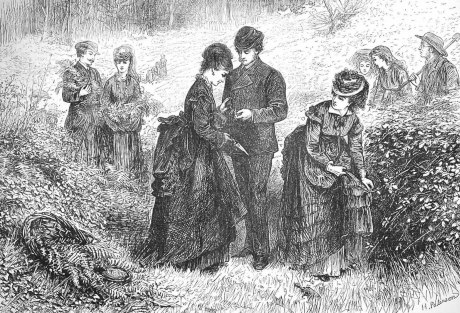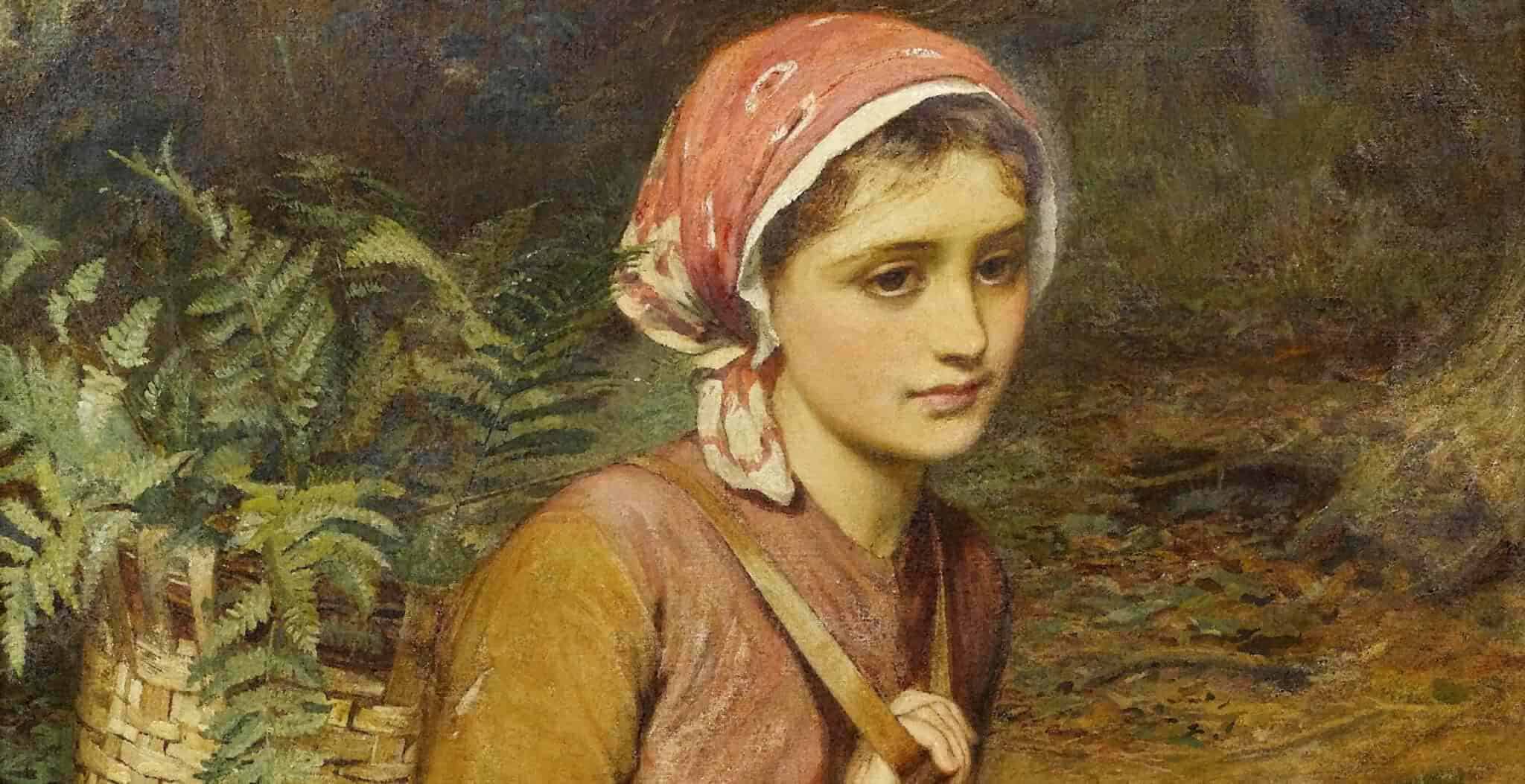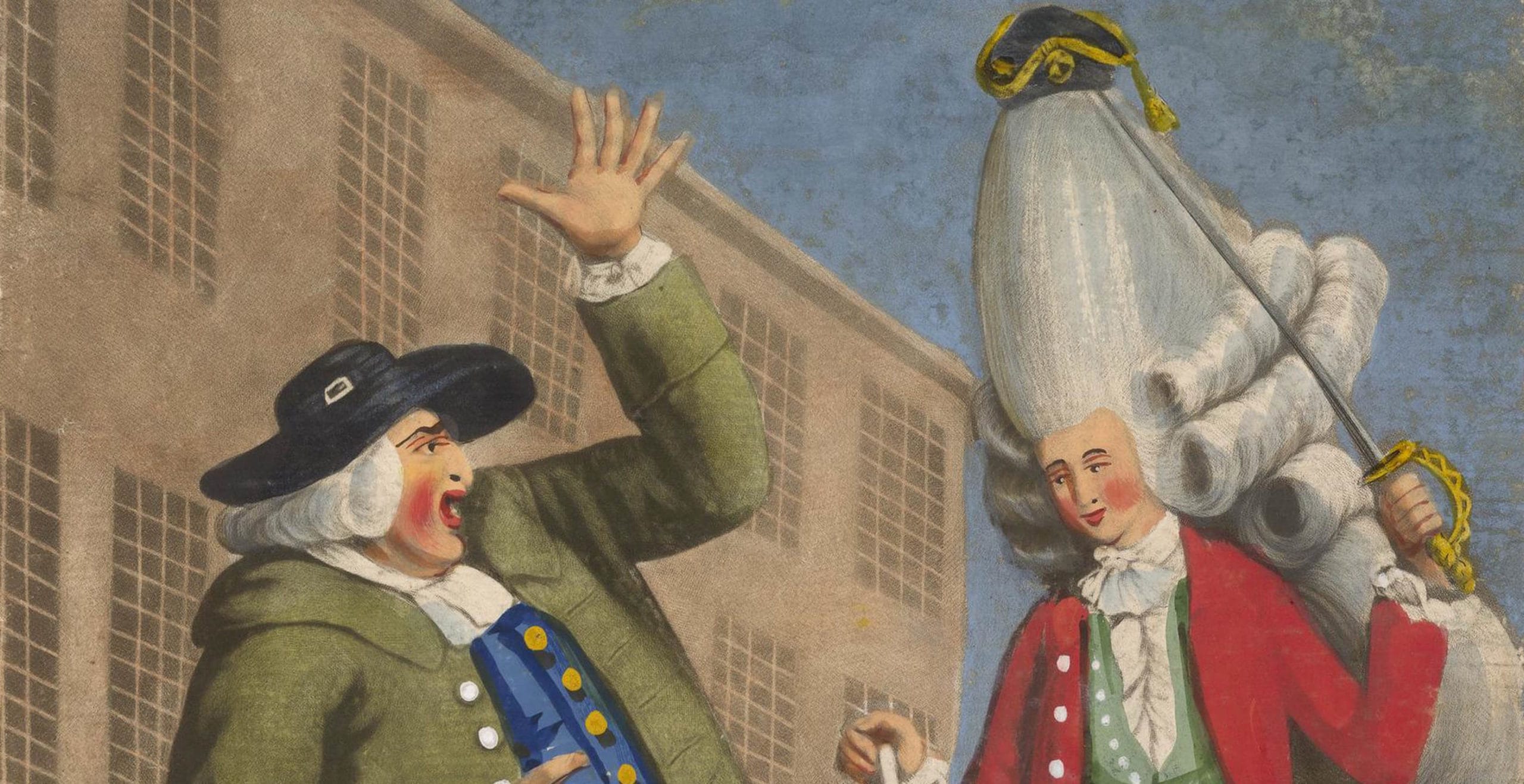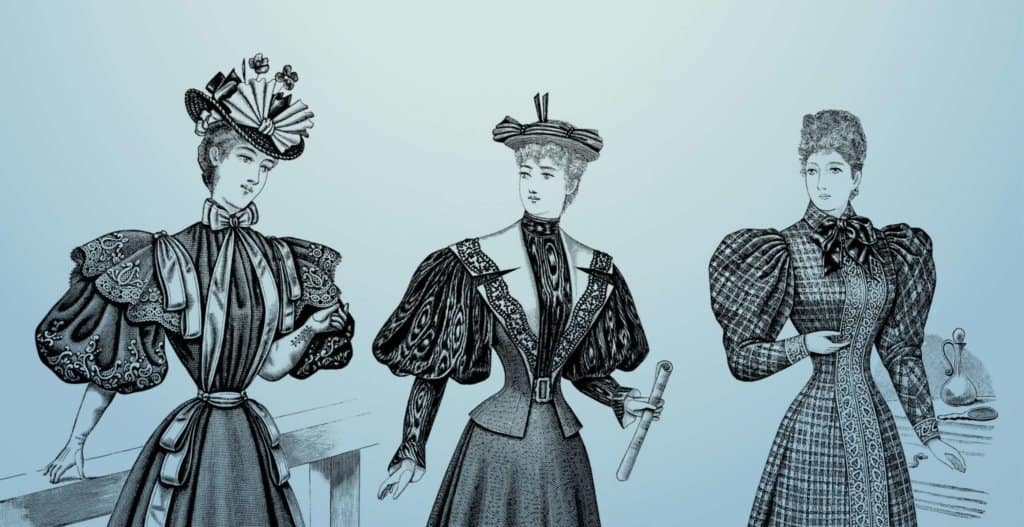
A great Victorian craze, pteridomania (pterido being Latin for ferns) was the huge love affair for ferns and all things fern-like in Britain between 1840s and 1890s. The term ‘pteridomania’ was coined in 1855 by Charles Kingsley, author of ‘The Water Babies’, in his book ‘Glaucus, or the Wonders of the Shore’.
The Victorian era was the heyday of the amateur naturalist. Pteridomania is generally considered a British eccentricity, but while it lasted, fern madness invaded all aspects of Victorian life. Ferns and fern motifs appeared everywhere; in homes, gardens, art and literature. Their images adorned rugs, tea sets, chamber pots, garden benches – even custard cream biscuits.

Originally marketed in the 1830s as plants that appealed only to intelligent people, ferns soon became a nationwide phenomenon.
To collect ferns – the more exotic the better – you needed a fernery. This was often a glasshouse where the ferns could be cultivated and displayed, but there were also outdoor ferneries, created in the form of gothic grottos such as the one at Bicton Park in Devon. This is one of the earliest ferneries in England, being laid out in the early 1840s. The fernery’s strategically placed boulders and large rocks create a cool, moist root-run whilst the surrounding trees and shrubs give shade and protection to the ferns.

Devon had become the destination for Victorian fern aficionados, as the county was England’s most important source of newly discovered varieties of native ferns.
Victorian ferneries were designed to be spookily grotesque and the one at Bicton certainly has a primeval appearance, an appropriate setting for ferns which were around 130 million years before even the first dinosaurs walked the Earth.
If you couldn’t afford a fernery and wanted to collect ferns, then a fern album full of dried specimens was the way to go. Many fashionable homes boasted a Wardian case (a glass case similar to a terrarium) to display a collection of ferns.
A host of books appeared to help identify the most desirable native ferns and fern hunting parties became popular social occasions. The appeal may also have had something to do with the fact that these parties afforded romantic opportunities for young couples to meet in an informal setting!

The craze lasted for some 50 years before waning, when many ferneries were allowed to fall into disuse and disrepair. There appears to be no particular reason for this: it did however coincide with the death of Queen Victoria and the early 1900s, so perhaps ferns simply became unfashionable: ‘so last century, my dear’.
Published: 12th June 2015







